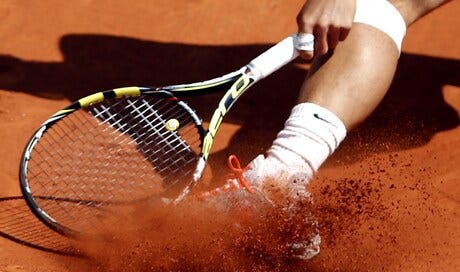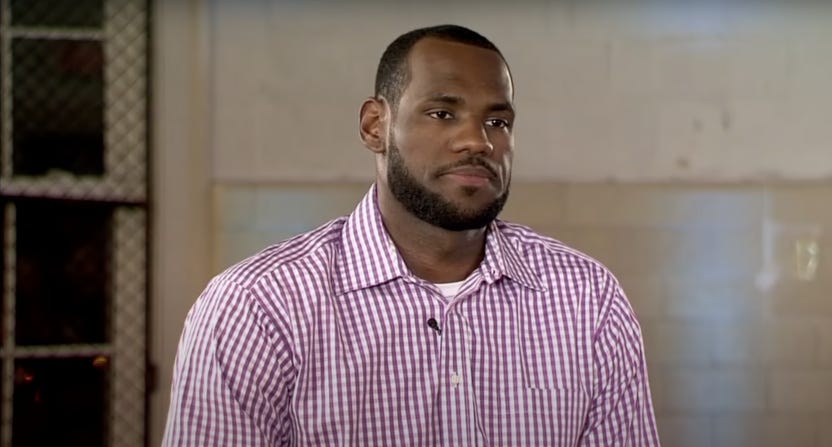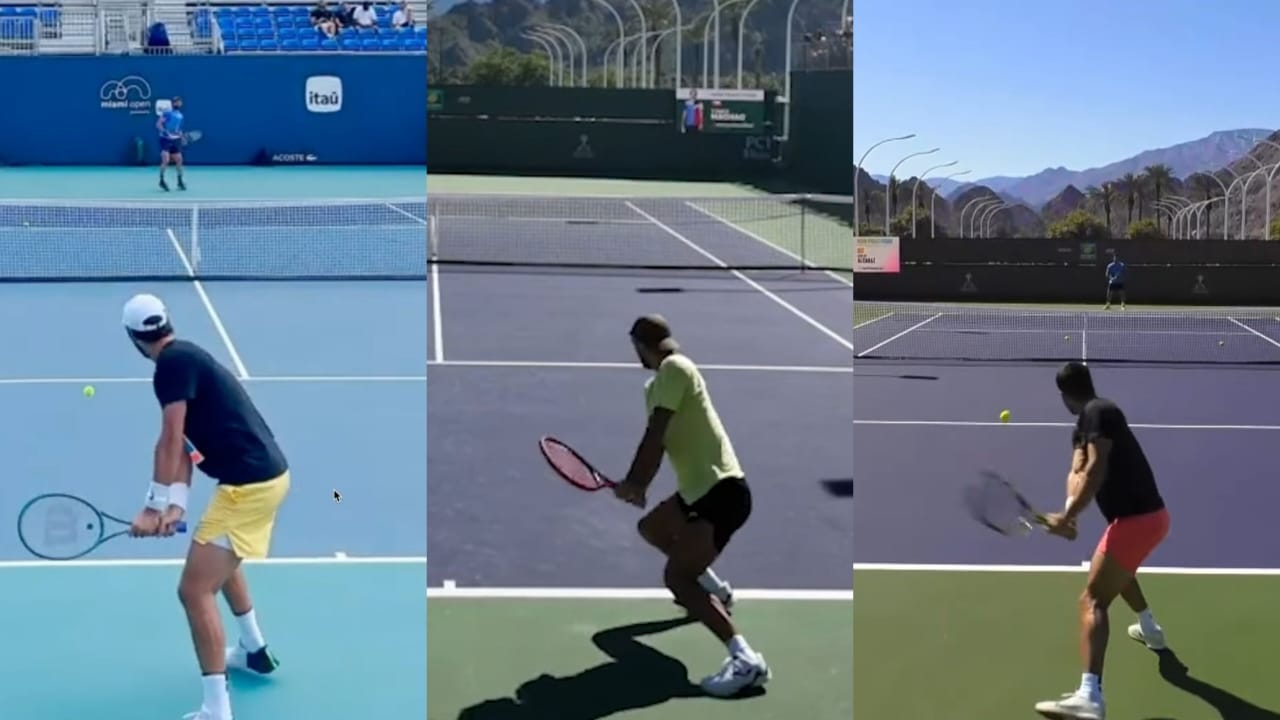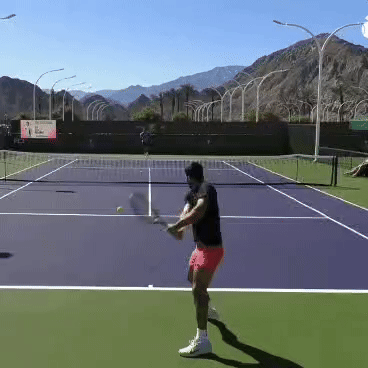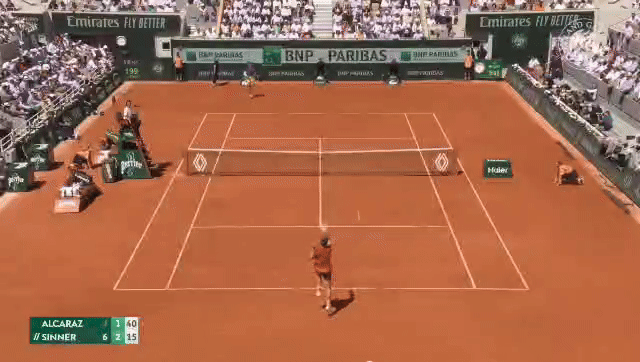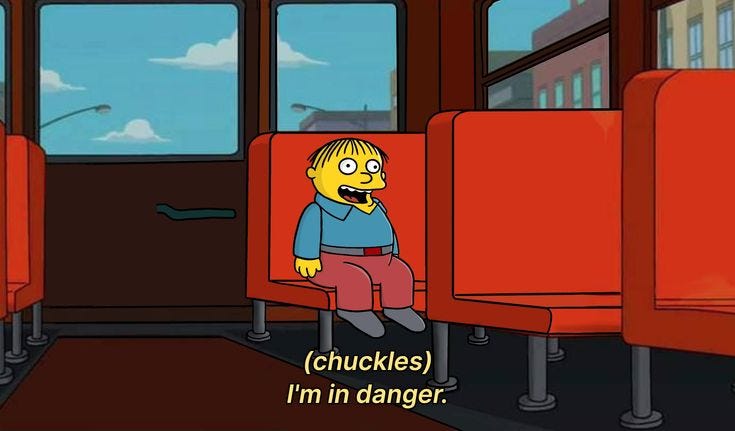You can almost smell the chalk, the pristine yet dirty red clay. After what, by this time, feels like an endless loop of medium-fast cement tennis, four months of yellow fuzz reacting to natural (well, not really) surfaces are finally here. And they come with questions for the sport’s brightest star. One Spaniard from Mallorca—oh, sorry, Murcia. Pardon, I’m still getting used to it.
No hyperbole: these four months of tennis are the most important of Carlos Alcaraz Garfia’s career. No ifs or buts about it. By the end of this stretch, he will either still be on track for his potential GOAT case or reduced to not even being the gold standard of his generation.
I have a lot to say, and instead of writing this all in a 378,237-post Twitter thread, I’m taking my talents to SouthStack.
Here are my thoughts on what to watch for, key factors, and expectations regarding Alcaraz’s upcoming Clay swing. Enjoy my misery!
Watch out for:
The Abbreviated Backhand:
Last year, out of nowhere, Carlos suddenly decided to completely change his backhand swing and setup. And although he initially had some success with it (including the longest hard-court winning streak of his career), it is now safe to say that, overall, it has been a net negative.
Now, don't get me wrong—the intention was to improve. An already top player trying to make adjustments midseason to get better is a positive. But, like everything in life, all adjustments come with compromises.
No matter what Carlos changes in his game, he will never be as good on a fast indoor court in October as he is on a grass or clay court in July. That’s just the nature of how his game has been nurtured, how his racket has been set up, and how his swings and movements have been ingrained into his muscle memory.

And there is no shame in that.
What you cannot afford is to compromise your strengths. While your weaknesses determine how low your floor is, it is your strengths that raise the ceiling and define your peak.
Now, let’s talk about the shot…
Carlos tweaked his predominantly outside-backhand setup to a closer, straighter-backhand setup (his left hand, not the stroke itself—lol). This change was made to counter low and fast incoming balls, and in slow motion, it looks like the love child of the Khachanov and Machac backhands.
I really don’t want to bore the two people reading this, but in theory, this should raise a bunch of questions for Carlos—especially on clay.
The backswing might now be shorter, but the racket speed (momentum) is also reduced. Carlos doesn’t generate enough “flick” or “whip” behind the swing, with the racket tip not going back far enough to build the same speed or power as before.
Remember the talk about compromises earlier? Well, now that his backhand is marginally better against lower, flatter balls, it’s likely worse against higher, heavier balls due to reduced power generation and timing—not ideal for the Surface of Truth.
I don’t think he’ll revert to his old backhand midseason and go back and forth between two completely different strokes. But as someone who was always skeptical of Alcaraz’s backhand on clay anyway, this only makes me more worried as a fan.
Additionally, I noticed during the Sunshine Double that his dropshot potency has also declined. Upon closer examination, it’s clear that the disguise on his backhand drop shot is now gone—likely a consequence of his new motion.

Now, let’s not forget that he is a monster athlete—physically capable of out-grinding and outlasting most opponents on what is the most demanding surface in the game. But this adjustment is far from optimal, and for better or worse, it will be the talk of the town no matter what happens during this period.
The New Serve
Another change Carlos made to his game last year—though at least this one was during the offseason under the supervision of his team—was tweaking his service motion.
The goal was to eliminate the mechanical lag in his serve, and I’m confident that this change will ultimately be beneficial, especially for his first serve. I also promised myself not to dive into the data on his serve until at least the US Summer Swing, as adjustments like this take time to bear fruit.
What I’m keeping an eye on, however, is his patented second-serve kicker out wide—a serve that has bailed him out countless times over the past three seasons.
In the four matches he has lost this year, his points won on second serve were 33.3%, 40.9%, 45.2%, and 54.5%, respectively. Not exactly promising.
One theory I have is that his old, laggy, and mechanically inefficient serve motion provided more oomph and thrust at the expense of accuracy. The problem is that his accuracy hasn’t improved enough (if at all) yet, and with the more refined motion, his kick serve may be losing some of its zip.
Keys:
Fearhand:
With everything else being analyzed, Carlos’s forehand has flown under the radar recently. Maybe I’m being a bit pessimistic here, but it didn’t look quite as potent as in previous years—especially in the Cali desert and particularly in that semi-final.
That said, I still trust it to be the potential shot of the summer swing. After missing the entire clay season last year due to forearm and elbow issues, his forehand has to be on point—and varied.
For most people in tennis, “variety” means drop shots, volleys, or slices. While those secondary skills are useful, real variety for a player like Carlos Alcaraz comes from the spin profile of his groundstrokes. Too often, instead of playing the angles and switching up the quality of his ball, he tends to just bash away—wasting the full potential of his weapons.
I hope he has learned to mix it up better now, especially in his two most important and legacy-defining matchups on tour: Jannik Sinner and Novak Djokovic.
People don’t realize how close Sinner was to winning that Roland Garros semi-final last year. In fact, he won more overall points! But when the tide turned for Carlos, it was because he started adding more shape and height to his crosscourt shots, moving Sinner into the corners—unlike the nervous, ball-bashing approach he had in the first set and few games.
Anyway, I think his forehand will hold up its end of the bargain, but Carlos may need a lot more than that to replicate last summer’s heroics.
Return of serve:
Let’s clear one thing up first: being an elite returner doesn’t necessarily mean you have an elite return. Confused?
In my opinion, there are two groups of elite returners:
The Djokovician: An all-time great first shot back that starts the real point (shot 3) at neutral or a deficit for the server.
The Nadalian: The first shot back fluctuates between elite and mid, but what happens after that—namely, elite baseline play—wins the returner his points.
To me, Carlos doesn’t fit neatly into either category, but if I had to place him in one, it would be #2.
His wide forehand return has been under the microscope for a while now, with Goffin being the latest to exploit it. Clay should give him more time to adjust, while grass should remind him that, well, he has a good enough forehand chip return that he should use more often.
The better he returns, the more stress-free his service games will be—despite inevitably having one 15-minute stretch of bozo tennis in between. I still trust his return more than his serve here (no shit).
Expectations:
Well, I’m not all that confident here—if you hadn’t guessed that yet. I had serious questions about him and his team after AO24, but the Channel Slam blinded me. I’m not getting fooled a second time because at some stage, you just are who you are.
Monte Carlo:
I’d be surprised if he plays this. If he does, there’s no reason he shouldn’t make a deep run, especially since he isn’t coming in burnt out from a grueling Sunshine Double this time. By the time he plays his first match in Monaco, he will have played just six matches in the last 50 days.
That said, I can see a QF loss to someone like Ruud or Rune if not for a withdrawal.
Barcelona:
Boring.
He’s winning this.
Madrid Open:
The middle leg of the “How Alcaraz’s Season Is Going” trifecta. He bombed the first (Indian Wells), so I wouldn’t be surprised if he lays an egg here, too. The altitude helps his serve—if he has one by then. The crowd support might carry him to the second week, and at that stage, he should have his chances to do anything.
Conservatively, I’m predicting a semifinal showdown with Djokovic. As usual, the outcome of that match—like most of his matches—will be completely on his racket.
Rome:
Yeah, I don’t think he’s playing this.
It’s incredible that, despite being one of the fittest and physically strongest players on tour, he still cannot play three tournaments consecutively.
Most obvious withdrawal. That’s my prediction.
Roland Garros:
The big one. Alcaraz in Paris is already quite the story—I wonder what this chapter has in store for us.
The best-of-five format suits him, as should the confidence of having won here before. By the time RG arrives, we will have more than enough data on how he is trending, so predicting this is a bit tricky. I never thought I’d say what I’m about to say next, but alas…
As of today, a semifinal loss to either Sinner or Djokovic seems likely. He won’t be solid enough from the baseline, and aura can only carry you so far. Because, if you really think about it, at some stage, you just are who you are
Here, have a cookie for making it all the way here. I might make this my de facto waffling place, so spread the word if you want to, lol.

